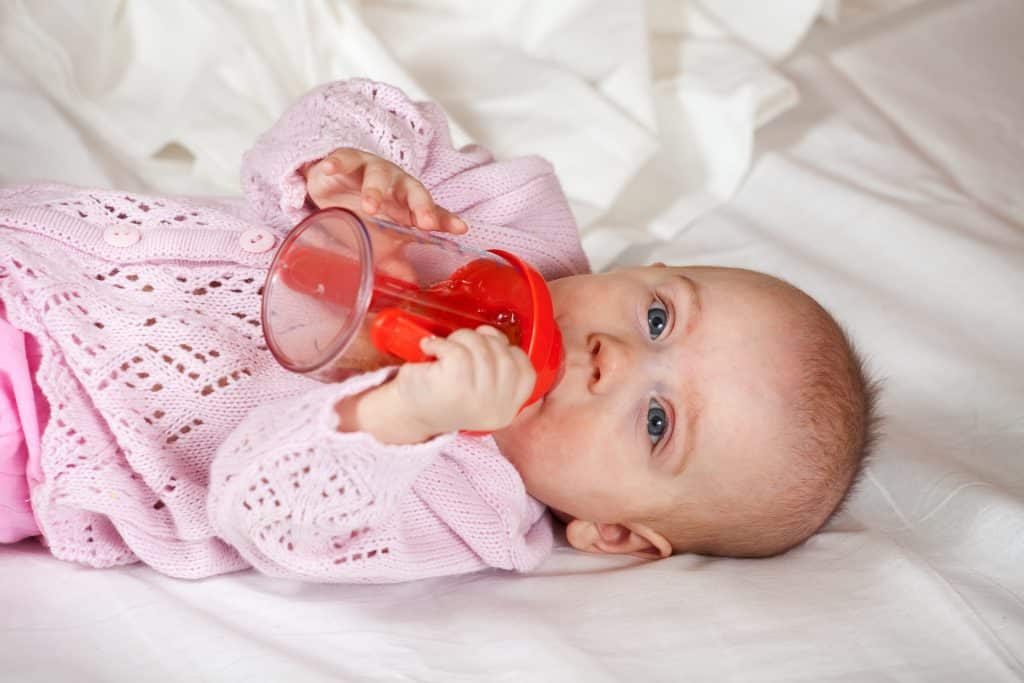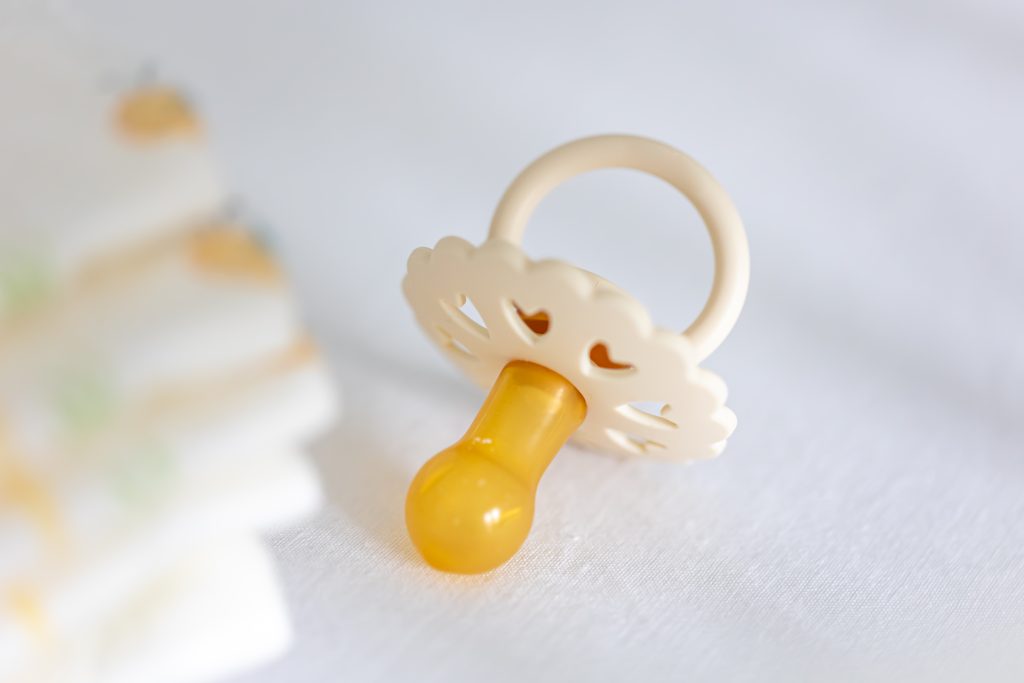Parenting
Pacifiers and Babies: Understanding the Pros and Cons
As a new parent, you’re bombarded with advice and opinions on every aspect of baby care, including the use of pacifiers. Pacifiers, also known as soothers or binkies, are a source of comfort for many babies, but their benefits and potential drawbacks have sparked debates among parents and experts alike. In this blog, we’ll delve into the pros and cons of pacifier use, helping you make an informed decision about whether pacifiers are a good choice for your baby.
The Pros of Pacifier Use:
- Soothing Comfort: Pacifiers offer babies a natural way to self-soothe by satisfying their innate sucking reflex. This can be particularly helpful in calming a fussy or colicky baby.
- Sleep Aid: Some babies find comfort in using a pacifier while falling asleep. It may help them settle down and establish a sleep routine.
- Reduced Risk of Sudden Infant Death Syndrome (SIDS): Studies suggest that pacifier use during naps and bedtime might reduce the risk of SIDS. However, experts recommend offering the pacifier once breastfeeding is well-established, usually around one month of age.
- Pain Relief: Pacifiers can provide temporary relief from pain, such as during vaccination shots or teething discomfort.
- Transition from Breastfeeding/Bottle Feeding: Pacifiers can help bridge the gap between feedings, especially if the baby wants to continue sucking after finishing their milk.

The Cons of Pacifier Use:
- Nipple Confusion: Introducing a pacifier too early, particularly before breastfeeding is well-established, might lead to nipple confusion and affect breastfeeding success.
- Dependency: Overreliance on pacifiers can lead to a dependency that’s hard to break. Babies might become irritable when the pacifier is not available.
- Ear Infections: Prolonged pacifier use, especially in the presence of frequent respiratory infections, might increase the risk of ear infections.
- Dental Issues: Prolonged pacifier use can affect the alignment of baby’s teeth and the development of their jaw. This risk is higher if pacifier use continues beyond age 2.
- Difficulty with Language Development: Some studies suggest that excessive pacifier use might lead to delayed speech development, as babies need to explore sounds and mimic speech.

Tips for Using Pacifiers Wisely:
- Wait Until Breastfeeding is Established: If you’re breastfeeding, wait until breastfeeding is well-established (usually around one month) before introducing a pacifier.
- Limit Use: Use pacifiers for soothing or sleep, but avoid using them constantly. Gradually wean your baby off the pacifier between 6 to 12 months to prevent dependency.
- Hygiene: Keep pacifiers clean by washing them with warm, soapy water. Avoid dipping them in sugary substances, which can harm dental health.
- Choose the Right Type: Opt for one-piece pacifiers to minimize choking hazards. Make sure they are BPA-free and designed with proper ventilation holes.
Conclusion:
The decision of whether to introduce a pacifier to your baby is a personal one, and there’s no one-size-fits-all answer. Pacifiers can offer comfort and temporary relief to babies, but they also come with potential risks, such as dependency and dental issues. As a parent, it’s important to be aware of both the pros and cons and to make a choice that aligns with your baby’s needs, your parenting philosophy, and your long-term goals. If you decide to use pacifiers, use them mindfully, and be prepared to gradually transition your baby away from them as they grow.

